
January 7, 2021 – Butte Tribe Seeks Permission to Build Cultural Building


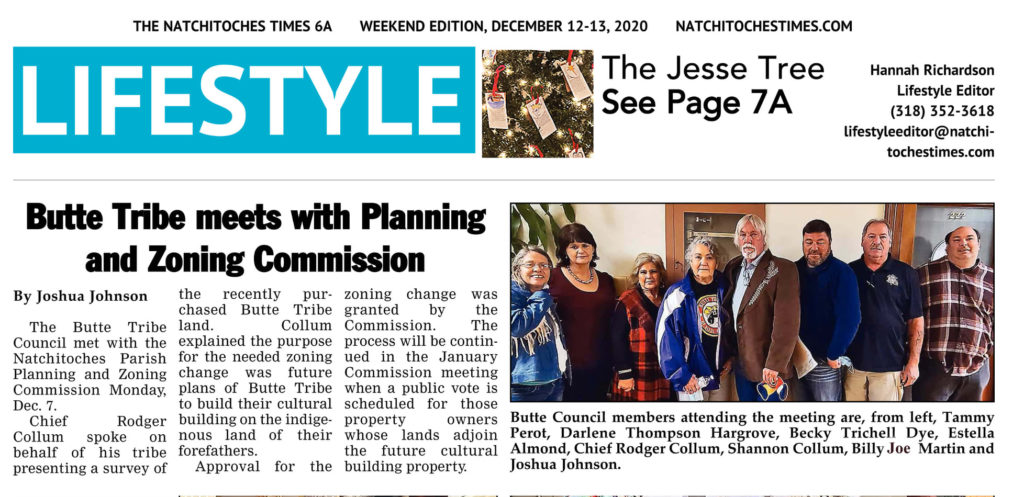

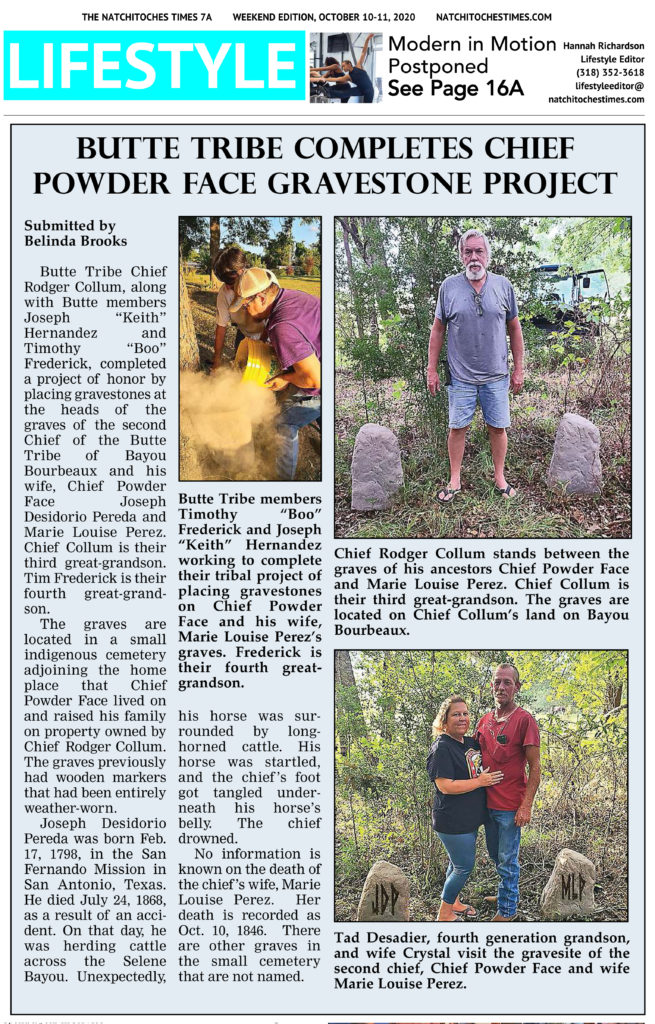

By: Belinda Brooks
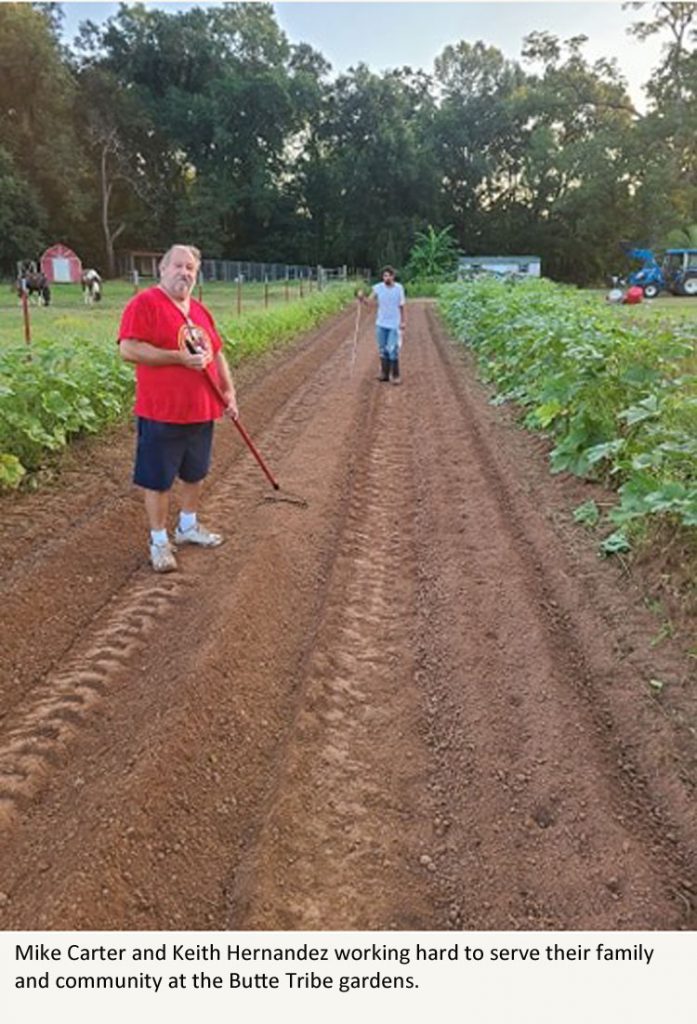


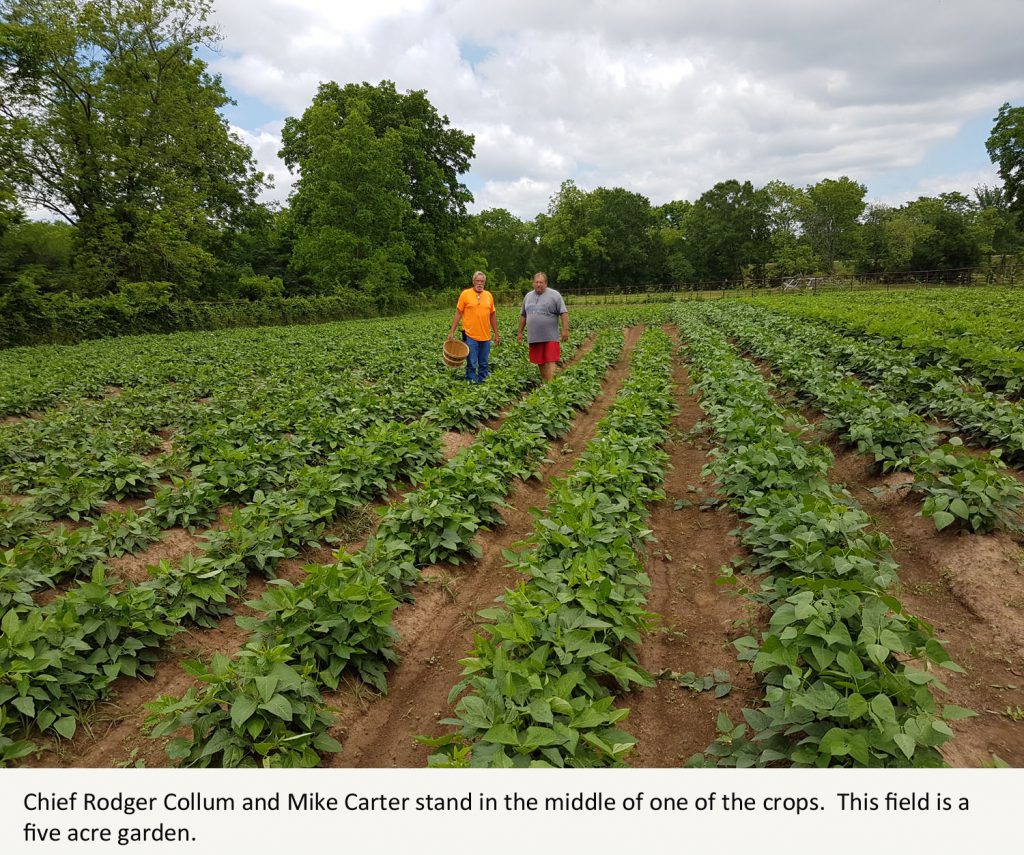
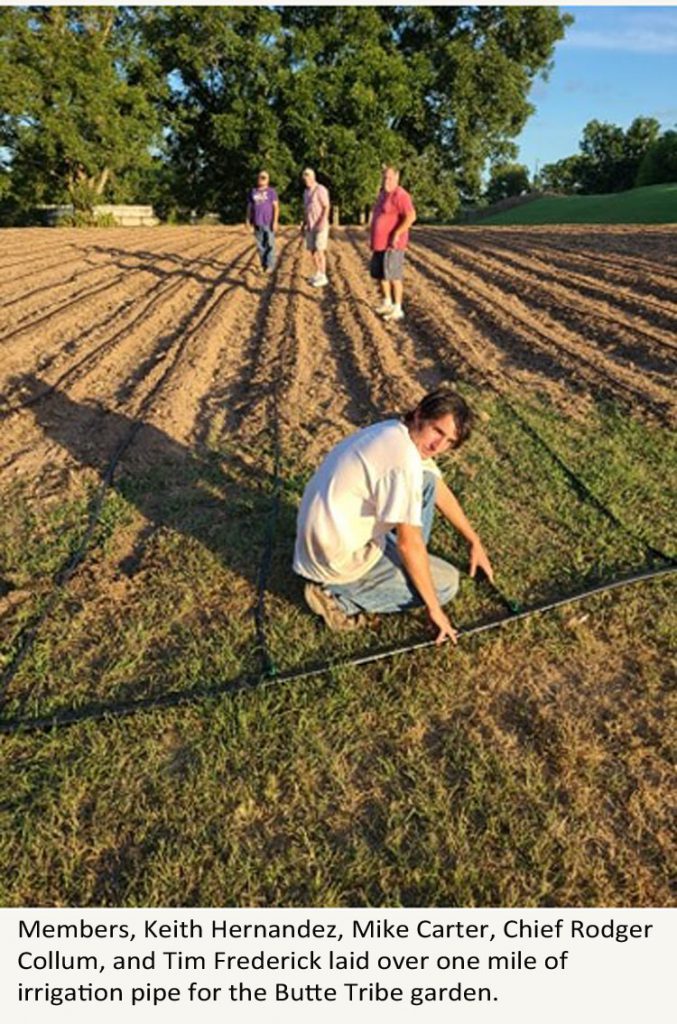
In the Spring of 2020, throughout the summer, and now in the fall, Chief Rodger Collum and Butte Tribe members have been working diligently preparing the soil, planting, and harvesting vegetable crops for tribe members and the community. This year’s planting has not been an easy one. Scorching weather caused a lot of the produce to burn up. Chief Collum decided to install an irrigation system of approximately one mile of irrigation pipe. That was nice, but it just happened to be completed about the time that Hurricane Laura hit. That entire garden had to be replanted.
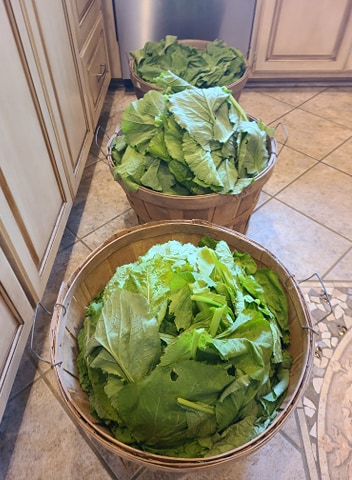
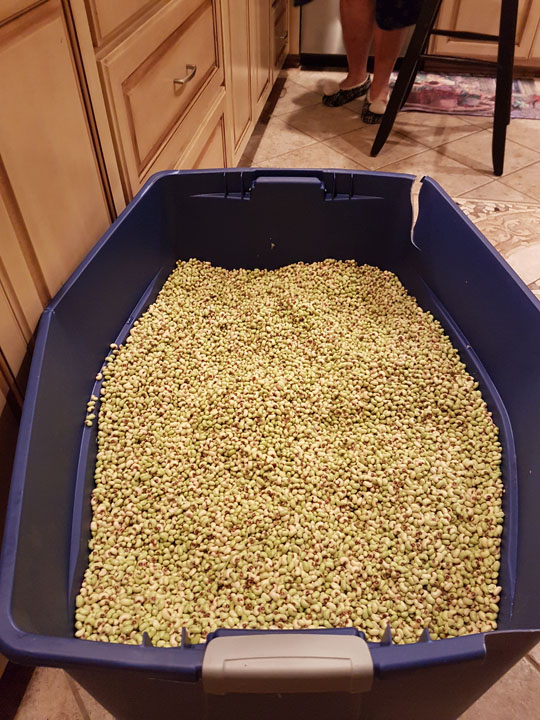
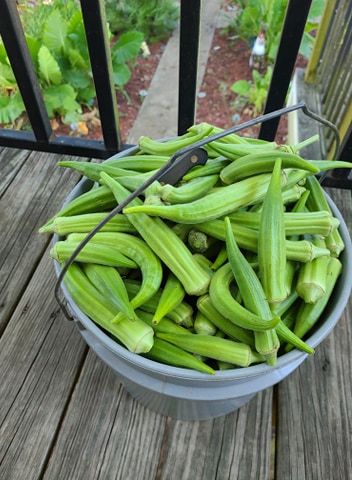
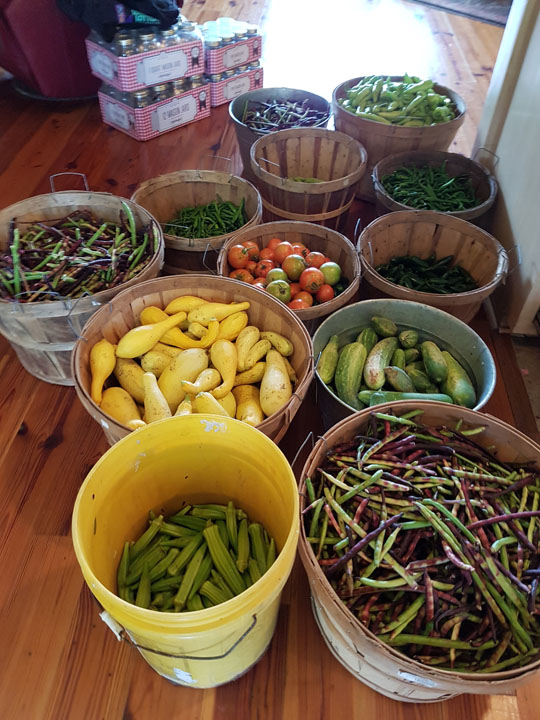
For as long as Chief Collum can remember, the chiefs planted gardens for the family on Butte land.
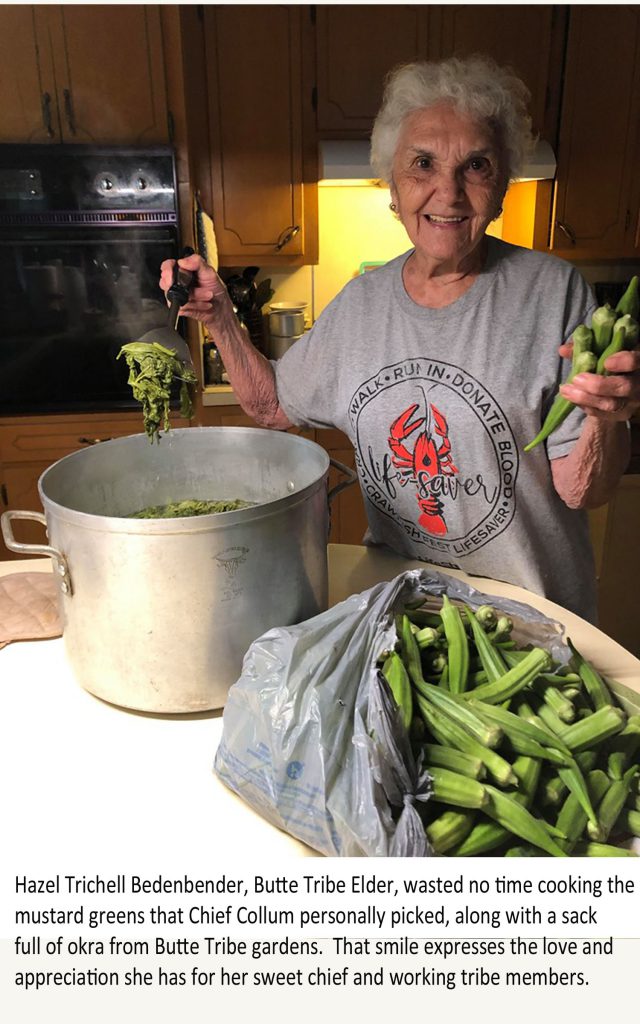
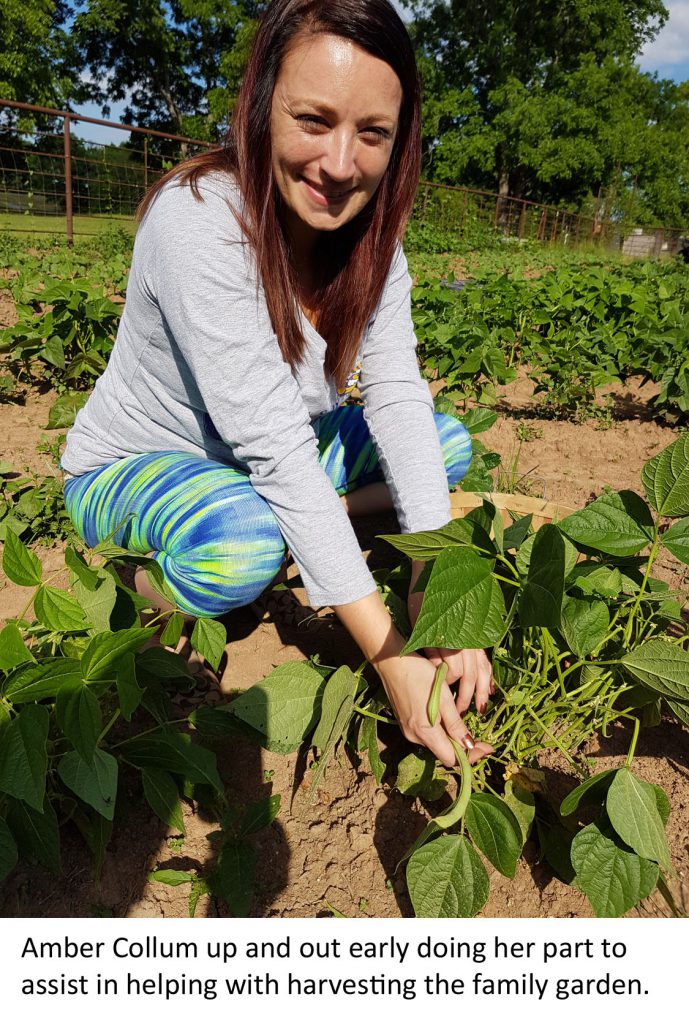
This year, Butte Tribe lost a significant player in planting and harvesting its gardens. Perry Desadier was Chief Collum’s right-hand man. He loved to work in the garden. Next to Chief Rodger Collum, other central Butte people who need to be mentioned in raising the Butte gardens are Charlia Collum, Mike Carter, Keith Hernandez, April Womack.
Many people throughout the Pace Community, as well as the Butte Tribe family, have enjoyed the benefits of the Butte Tribe gardens.
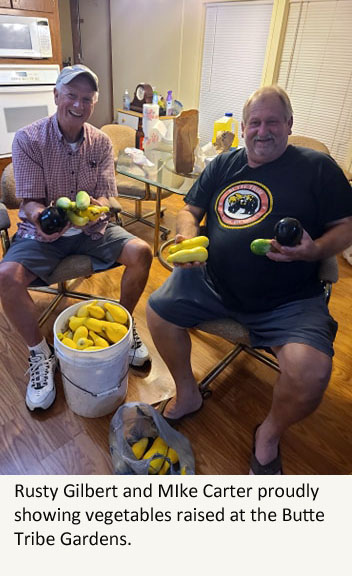
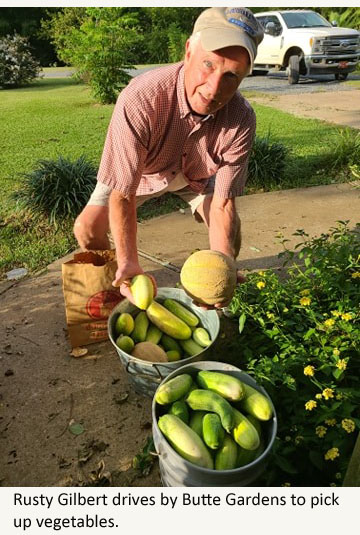

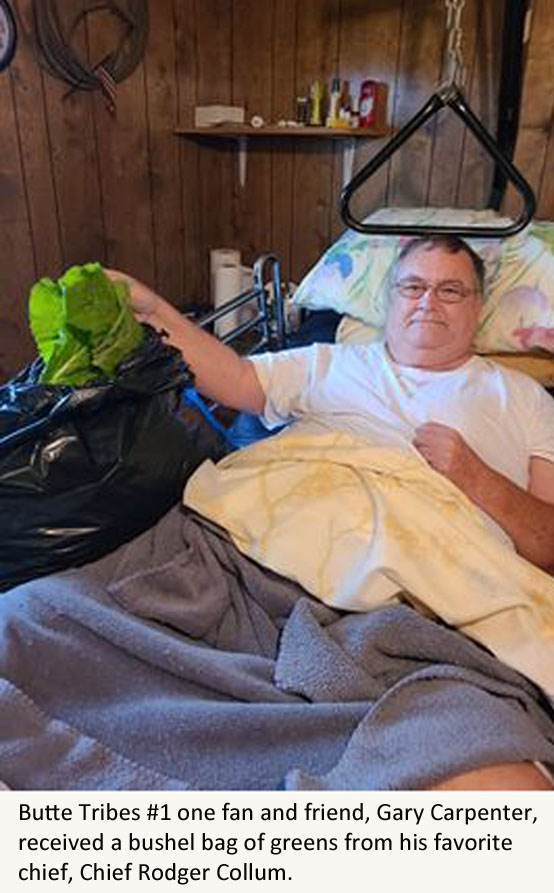
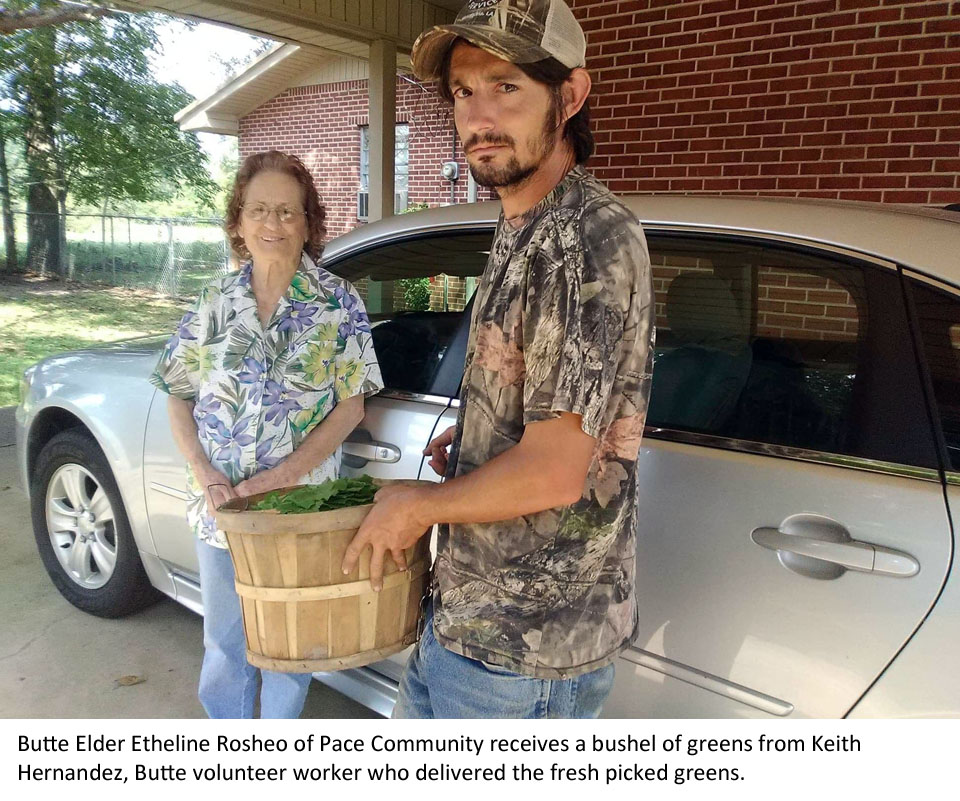

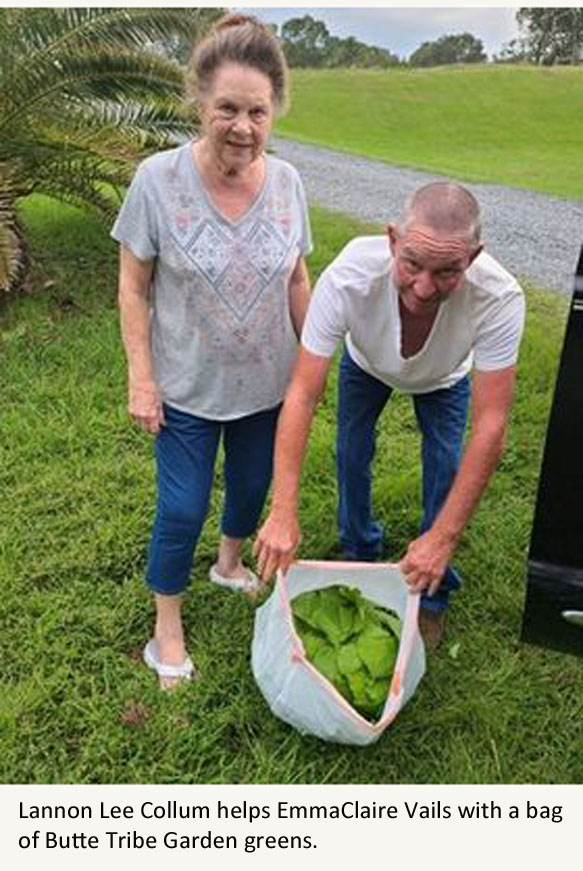
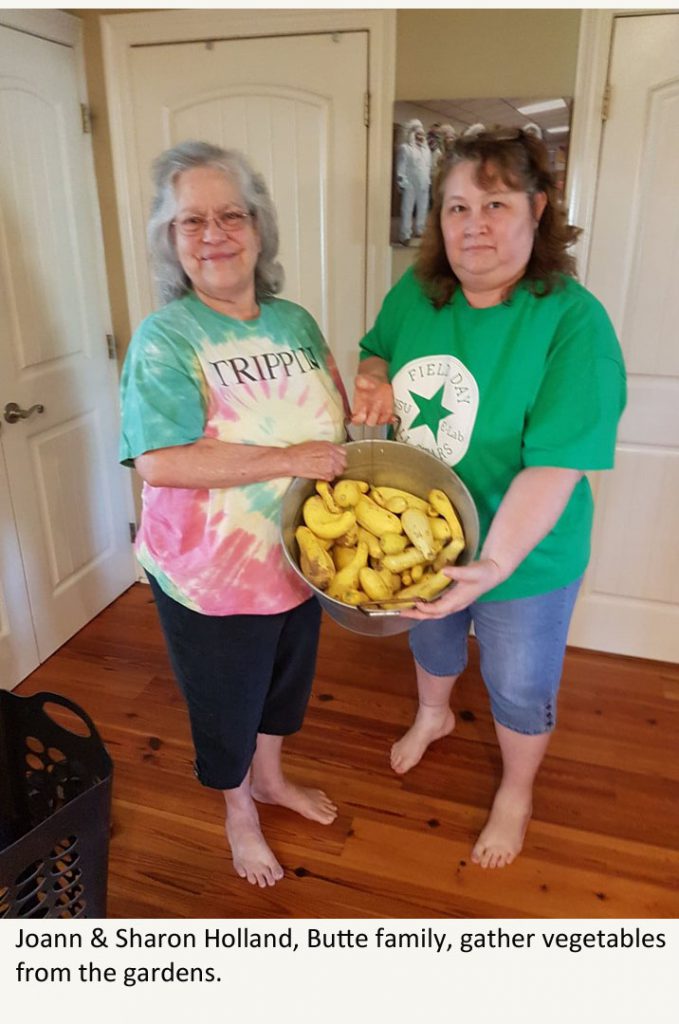
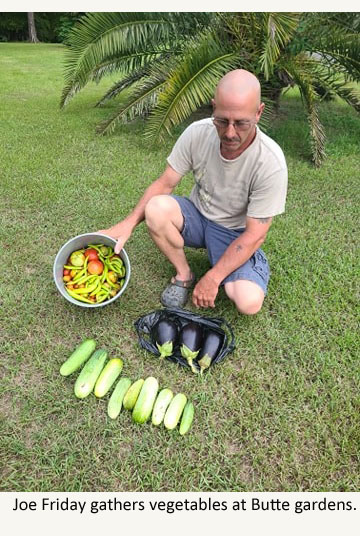

By: Belinda Brooks

Stripped of culture and tradition by the United States government in the early 1800s, the Butte Tribe of Bayou Bourbeaux has picked up the pieces under the leadership of Chief Rodger Collum and is moving forward. Collum decided to reveal his family and its history as an original tribe of Bayou Bourbeaux in April 2019. He is moving his tribe toward its own pathway. It is a conscious move toward distinctiveness as a tribe. This move was not made in disrespect or dishonor of those Native Americans who move in the customary, traditional ways. For Butte Tribe, this move to individualism is a necessity. It is built on the idea that it would be best to move forward without the concern of offending general Native American policy. Therefore, Butte Tribe will not be intentionally dishonoring the traditions of other tribes by acting on its system of custom and tradition.
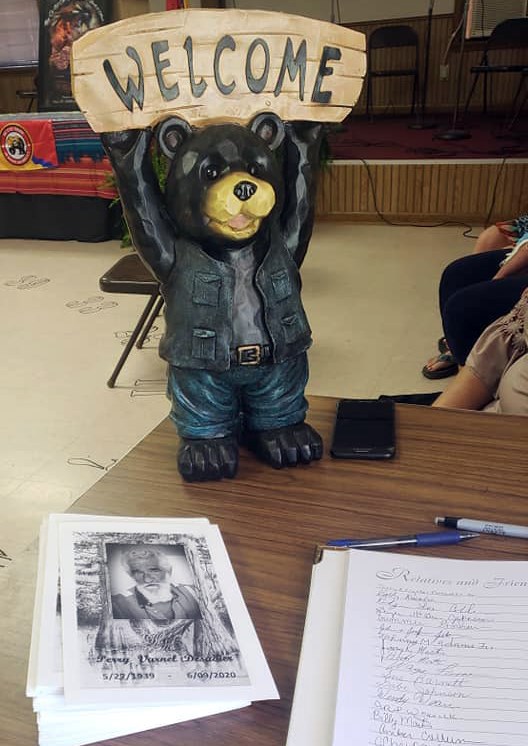

“Ceremony of Feathers” was established by Chief Rodger Collum. Members, men and women, of the Butte Tribe, are required to earn their feathers in a way set forth by their chief. In general, Native American women do not wear headdresses. There are tribes throughout the United States, like Butte Tribe, where women proudly adorn themselves with feathers for special occasions.

TRIBAL ELDER PERRY DESADIER, “CEREMONY OF FEATHERS”

Chief Collum and appointed tribal members met Friday, June 12th, at St. Maurice Cemetery to prepare the burial site of Perry Desadier’s grave. The custom of digging family graves have been the responsibility of Collum since his teenage years. Perry Desadier’s gravesite is located between the graves of his mother and father, and near the graves of his ancestors, Chief Adolph Felix and Chief Clarence Desadier.
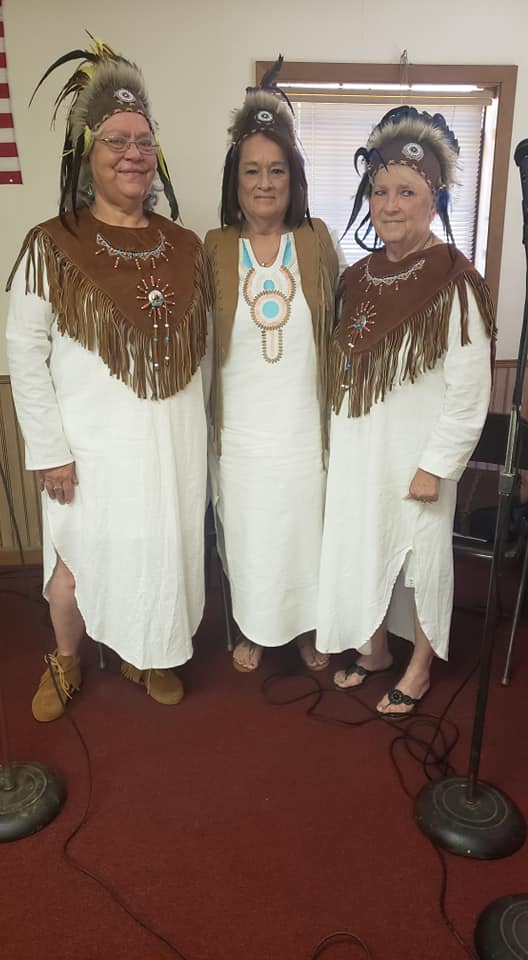
In honor of Tribal Elder Perry Desadier, the Butte Tribe held the first burial “Ceremony of Feathers.” The event occurred at the Pace Community Center in Natchitoches Parish. Butte drums and singers opened the ceremony with a traditional Native American song.
Chief Rodger Collum spoke in memory of his cousin and life-long close companion, Perry Desadier., and their times together on Bayou Bourbeaux. Perry Desadier retired after forty-eight years of employment by Collum. Collum spoke of Desadier’s hard work ethics and dedication to family and friends.
Following Collum’s speech, Rev. George Holland and Pastor David Matlock of Christian Harmony Baptist Church in Pace Community led the end of the services.
Butte family tradition for the past 50 years has required that their leader, Chief Rodger Collum, be the driver escort of family bodies to the grave. At regular funerals, Chief Collum drives the hearse at the request of the family. In expected form, Collum escorted the ashes of Desadier to his burial site.
Ceremony Pictures – Pace Community Center Memorial


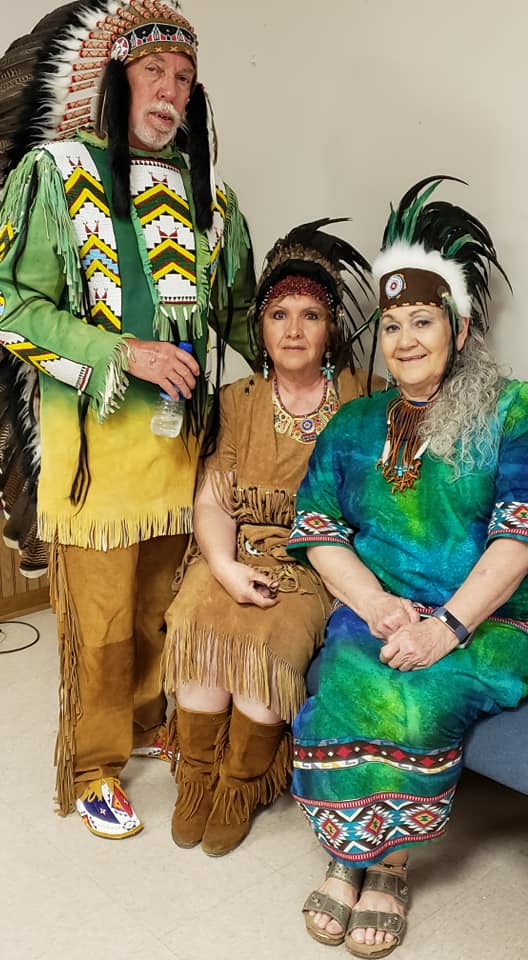




Butte Tribe’s pastor, George Holland, spoke words over Desadier’s gravesite. Joe Friday, Perry Desadier’s son, placed his father’s ashes in his burial place. Chief Collum spoke, and had the honor of placing the first shovel of dirt in Perry’s grave. At that point, each attending tribe member followed their chief’s lead by shoveling dirt. The congregation returned to Pace Community Center for lunch.
Burial Pictures – St. Maurice Cemetery










Written by: Belinda Brooks
Storyteller: Chief Rodger Collum
Note from the author: In the future, I will publish stories from our Chief Storyteller of his life and the life of past chiefs that have not been published in local newspapers. There are hundreds of stories to reveal as they come to his memory. We have only touch the surface of tales to tell.
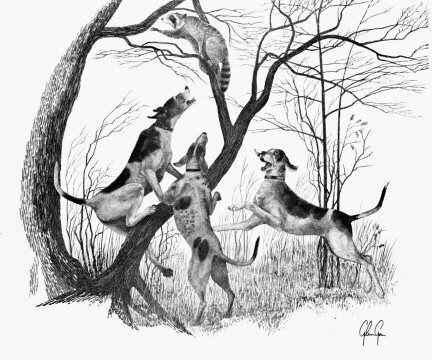
Chief Collum’s closeness to nature is obvious wherever he goes. In his 67 years, there is barely a foot of land on Bayou Bourbeaux that he is not innately aware of. Should one be so fortunate as to spend the day with him sightseeing, his stories about each location whether it be during the days of his ancestors or his lifetime will captivate the listener.
Collum has been active in numerous outdoor sporting events throughout his life. He has accumulated a wide arrange of awards for his skills in outdoor fishing and hunting. Indian trail riding, camping with young braves to train them in the ways of his people, or fishing the bayou are just a few of the many adventures he has shared with his people.
Like his horses, he always owned pure-bred stock in cattle, dogs, chicken and the like. One of his favorite things, like his forefathers, was the sound of baying hounds. Each year when hunting season came around, hunting fever was contagious. Hunters gathered in fields, built camp fires, drank fire-water, smoked pipes and listen to tribal story-tellers make known the stories of their ancestors.
Like his horses, Collum has always owned prize-winning, top-stock bloodline dogs. One of his favorite things, like his ancestors before him, has always been the sound of baying hounds. His collection of dogs has come from all over the world.

One of Rodger’s many obsessions was coon dog trials. His prize coon dog, a Walker-Hound, was called Banker whose registered name was Collum’s Lucky Banker. He was registered with Lords of London for $35,000. Banker won 36 state titles throughout the United States. He never lost a tree contest, coon-on-the-log contest or a speed race. Banker took Duel Grand Championships in UKC, ACHA, NKC. And ACPA, along with the CCA Gold Championship. Rodger and Banker were the first team to turn pro in the State of Louisiana.
Knowing that he had the best dog around, Rodger and his friend, Curtis, decided to enter the Texas District Coon Dog Trials to qualify for Nationals. The trials were held in Texas, a 12-hour drive from Natchitoches. They worked all day Friday, loaded up the dogs, and left late that night for their destination.
HIGHWAY MURDER
Around 3:00 AM that morning, the men were driving along a two-lane country road. Curtis was in the driver’s seat while Rodger rode shotgun, keeping his eyes on the road for any sign of trouble. The two-lane highway’s roadside was covered in high grass at least four feet tall. Beyond the truck’s bright lights that night, the highway stretched on for miles and miles of total darkness.
Suddenly, the eagle eyes of Chief Collum caught something strange moving and reaching out on ground level from the tall grass. They passed the spot so quickly that Rodger could not make out exactly what he saw, but he knew it was human. A human hand was reading out, touching the white line of the highway for help.
Immediately, he told Curtis to turn around. Curtis kept driving thinking that there was no way that anyone could see something like that in the dead of the night with the speed that he was driving. They were several miles down the road before Rodger could convince Curtis to turn around. Curtis still had his doubts, but knowing Rodger there was more of a chance that what he was saying was true so he had no choice but to turn around. Rodger directed Curtis to the exact spot where the hand was stretched out touching the white line on the side of the highway. Remarkable! How could anyone ‘s eyes be so sharp as to see that hand in just a matter of seconds in the black of night? Rodger jumped out of the truck and ran to the person in the grass. Curtis had second thoughts and grabbed a gun not knowing what they may be getting into.
At first sight, the man in the grass looked dead, but was barely hanging on to life. His scalp was flayed back where his head was busted open, his skull was visible, and all his teeth knocked out. He was a bloody mess! This wasn’t an accident. It was easy for Rodger to see. What happened?
Curtis rode to the nearest town for help while Rodger stay with the man. Before Curtis left, he gave Rodger his gun before he left. Rodger stuck it in his pocket and sat down on the ground and held the man. He could tell the man wasn’t going to make it. His injuries were too bad. While they were waiting for help, the man told Rodger what had happened.
Late that night, the man had picked up two hitchhikers who were walking on the side of the road. The were dressed in military uniforms. Riding down the highway, the hitchhiker in the back seat picked up a tire tool from the floor of the car and bludgeoned the old man driving. The attackers left the man for dead on the side of the road and stole his car and all of his possessions. The man died there in Rodger’s arms about ten minutes before help arrived.
There was a lot of confusion when the police arrived. The gun in Rodger’s possession caused issues. Rodger related the story that the old man told him. Curtis told his story. It seemed like they might be accused of the poor man’s murder. Thankfully, before the day was over, the hitchhikers were arrested and car recovered. Rodger’s story was confirmed. Months later, the men were found guilty in a court of law and sentenced to life in prison.